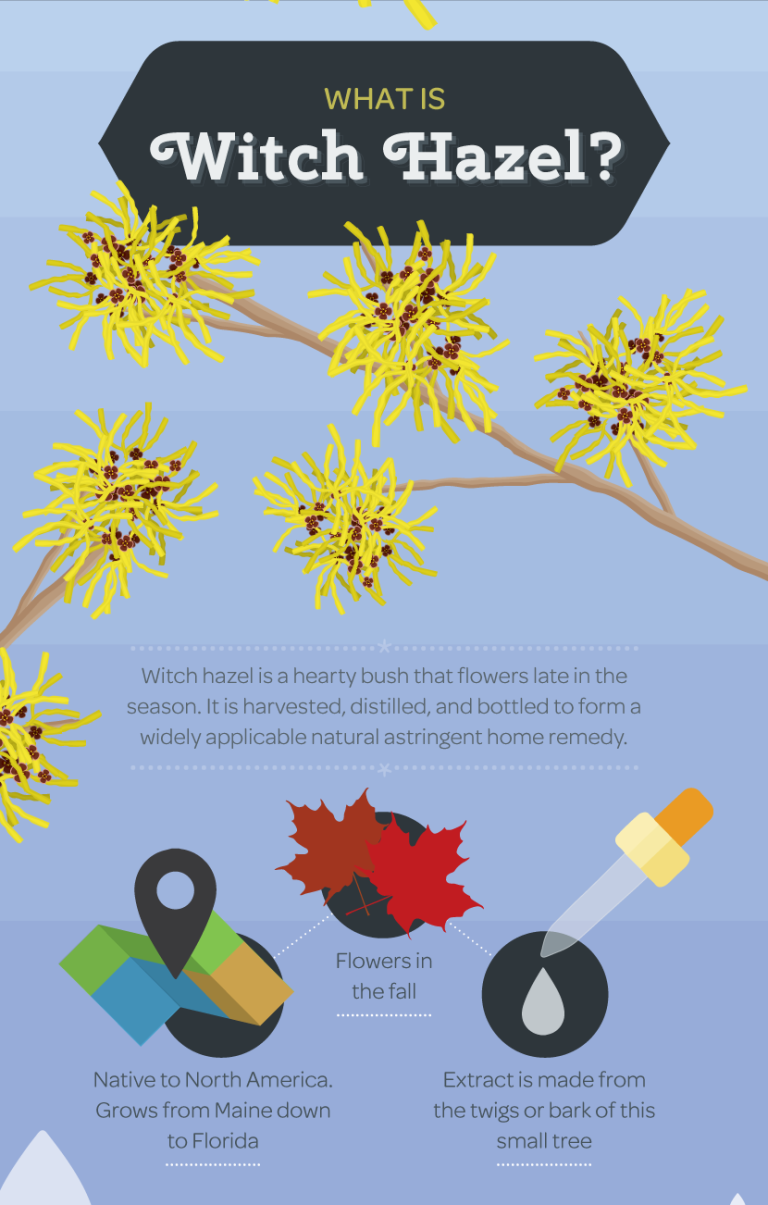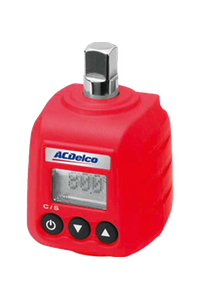What’s In a Nozzle?
People often ask, “So what’s the big deal about nozzles?” They will also say, “I’m in an industry that is really tight with the purse strings these days due to the recession so presenting any new “expense” to the folks in accounting will be met with either extreme laughter or a stone cold NO.
I’ve been searching for a way to explain to potential customers that by simply capping off that open ended pipe with an engineered nozzle, they have already done so many wonderful things for their application, for the personnel who are involved with it and for the company as a whole.
The first and most important thing that they have done by implementing an engineered nozzle is that the application has all of a sudden become much safer for personnel to be around. Our nozzles are designed in such a way that they comply with OSHA standard CFR 1910.242(b) which is also known as the “dead end pressure regulation”.
What does this mean for the bottom line to accounting? Personnel are not likely to come into contact with the high pressure air, possibly causing embolism or some other related injury. Which means less medical costs associated with an on-the-job injury, lost work time, worker replacement, etc.
The second most important benefit of implementing use of a nozzle for a compressed air application is the air consumption is usually reduced by as much as 50% or more depending on the circumstances. What does this mean to the folks in accounting?
Let’s look at a quick example: Joe has a lubrication and blowing fixture used in a die casting operation. The fixture has a total of (32) 3/8″ stainless steel tubes that are aimed at various parts of the die for cooling and for blowing off excess lubricant. The fixture is fed with an 80 PSIG compressed air source. Let’s assume that 80 PSIG is maintained all the way out to the end of each pipe. In this case, each tube is consuming 88 SCFM of air volume. If we were to simply install a model 1100 Super Air Nozzle onto each of those tubes, we would bring each one down to 14 SCFM for a net savings of 74 SCFM per nozzle! If you multiply that out by 32 pieces, that is 2,368 SCFM of air saved!
Since compressed air is known as one of the most expensive utilities in a manufacturing environment, the impact of what I have just said above should be rather obvious. Since the thought of pushing more than 2, 368 SCFM out to one fixture in a die casting operation is most likely not a realistic scenario, I would like to use this as a lead in to my next topic, pressure drop.
As we move down the list of benefits, eliminating pressure drop becomes a very important issue. Pressure drop will manifest itself as reduced performance from any compressed air product. With regard to the example above, the pressure drop was so severe that the customer was barely able to maintain even 30 PSIG on their manifold due to the extreme high rate of air usage.
Air coming out of an unrestricted pipe is very much like water coming out of a garden hose. Ever wondered why people will lock their thumb over the end of the water hose or use a nozzle? They do it to restrict flow. This increases velocity which is what you need to spray your car down or reach those second story windows on your house if you are cleaning.
OK, so back to the point. By restricting flow, you build pressure out at the point of use which is where you need it in order to accomplish the work at hand. So, this would be more of an “effectiveness in the application” type reason for using an engineered nozzle. In other words it gets the job done.
One last benefit of using an engineered nozzle for your blowing application would be to reduce noise level generated by the blowing action. When air exits a pipe or tube which has sharp edges or is smashed for airflow effect, the compressed air passing by creates wind shear which is the noise you hear when the compressed air is applied to the blowoff.
Much time and energy has been spent in making prototypes and adjusting the design to get just the right effect when noise is concerned. How you introduce the compressed air into an ambient evironment is just as important as anything else. So, with our designs, we are able to reduce the noise pollution for an application by a fairly significant amount as well.
Again, back to the bottom line, if you reduce noise in the plant, personnel can hear what is going on and thus be safer about operation of equipment. Also, personnel in quieter environments have less tendency to lose hearing over time which in my mind means less medical and other accident related expenses there again.
So, when someone says, “What’s in a nozzle anyway?”, these sorts of issues will generally come to the foreground. I would hope the context I have presented here for what may seem like a simple device can help some folks think in the right frame of mind when it comes to safety and cost reductions that we are all looking for in our own shops.
Neal Raker
Application Engineer
nealraker@exair.com



